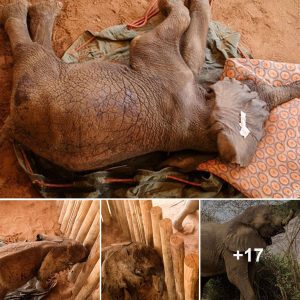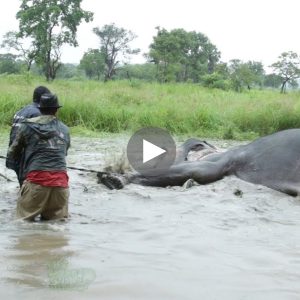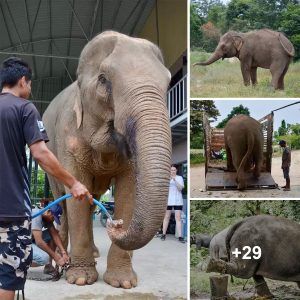In a remarkable testament to the collaborative endeavors of conservationists and veterinarians, a compelling saga unfolded in the Mara Triangle Conservancy, showcasing the resilience of a young elephant facing adversity.
The narrative commenced when vigilant conservancy rangers observed a limping calf, with a noticeable portion of its tail missing.
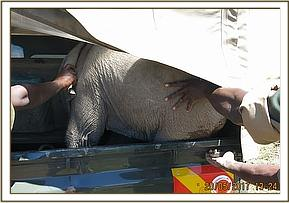
Alarmed by the plight of the distressed young elephant, the rangers promptly summoned a mobile veterinary unit to conduct a thorough assessment.
Upon arrival, the veterinary team faced the formidable challenge of locating the calf and its mother, who had sought refuge in the dense riverine thicket.
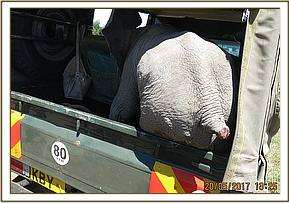
Recognizing the necessity for aerial support, the Mara Elephant Project helicopter joined the mission, proving indispensable in the search efforts.
After an exhaustive two-hour search, the duo was discovered deep in the forest along the river, emphasizing the crucial role of aerial assistance in such critical situations.
Guiding the mother and calf into the open, the veterinary team, supported by the helicopter, orchestrated a safe separation for assessment and treatment.
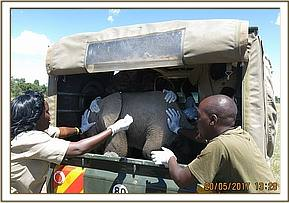
Examination revealed wounds indicative of a recent lion attack, including a deep bite wound on the left gluteal muscle and the loss of part of the tail, necessitating immediate attention.
The veterinary team executed a meticulous treatment protocol, cleansing the wounds with hydrogen peroxide, rinsing thoroughly, and applying antiseptics such as tincture of iodine.
Cloxacillin antibiotic ointment and Oxytetracycline spray were administered to counteract potential infections, with systemic treatment including parenteral administration of Amoxicillin antibiotics and Flunixin meglumine anti-inflammatories.
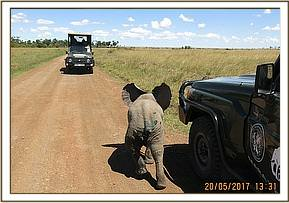
Following treatment, the calf was safely reunited with its mother, who remained calm. The two elephants ventured back into the bushes, symbolizing a successful reunion.
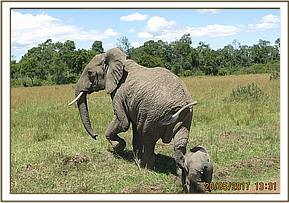

Conservancy rangers were entrusted with monitoring the calf’s progress and promptly reporting any signs of distress that might warrant further veterinary attention.
This collaborative effort underscores the profound importance of swift and coordinated action in safeguarding the well-being of wildlife when faced with natural challenges.

